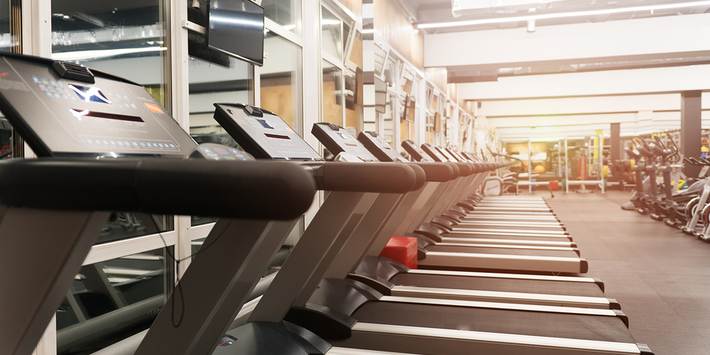Selecting Fitness Business Equipment: What Are Other Owners Doing?
Choosing the right equipment for your fitness business is an important initiative. Not only is it a financial investment, but it’s also an investment in member satisfaction. Which begs the question: Are you going about the equipment selection process the right way? Club Industry recently checked in with a group of fitness business executives about their fitness equipment buying processes. Here’s a closer look at four key findings.
1. They carefully vet new technology across several measures.
Technology is moving forward at hyperspeed. While keeping up is critical, jumping the gun can lead to unwise purchases. This is why Santa Monica, California’s Upgrade Labs uses a three-phase process: science, sample, and select. Says Amanda McVey, Vice President of Experience & Programming, “It’s important to us that there’s a reasonable amount of documented science and research behind any piece of technology we’re considering for our ecosystem.”
After vetting the science, the company then looks more closely at other factors, including cost, operations, upkeep and sampling. Of the latter McVey says, “Each piece of equipment must go through a sample period within our facility so we can see how it stacks with our other pieces of technology, if it induces repeatable and measurable results, if it delivers a streamlined and enjoyable experience for clients and staff and to assess if it’s a tool on the leading edge of wellness. When we discover a technology that displays a solid balance of efficacy-to-experience-to-cost, we select the technology for our ecosystem.”
Speaking of cost, they also look beyond price to ROI. Says Suzanne Gray, President of Right Fit Sport Fitness Wellness in Illinois, “Right Fit’s CFO prepares a disciplined return-on-investment analysis before any equipment is purchased to ensure the highest return on the company’s capital.” This also applies to deciding when to let older or outdated equipment go. “If equipment is not being used or has become obsolete for the programs Right Fit offers, we usually look to trade it, sell it, give it to our clients or donate it to a local school, park district or other local charity,” Gray continues.
2. The put the customer experience first.
Rick Mayo, CEO of Roswell, Georgia’s Alloy Personal Training, reiterates the importance of safety and effectiveness. His second criterion for determining which equipment to buy is whether or not it enhances the customer experience. “Is the equipment on-trend and generally easy and fun to use?” he asks. Every piece of equipment must pass these two tests during the selection process.
3. They delegate an expert to handle the task.
Fitness business owners juggle a breadth and depth of responsibilities. Learning to delegate whenever possible makes smart sense. According to Paula Neubert, President and General Manager of Colorado’s Club Greenwood, her fitness business has a staff person dedicated to the task of equipment purchasing along with a specific process for doing so.
“We list every piece of equipment in the club, along with the age of the equipment, and put together a five-, 10- and 15-year capital plan to replace pieces as needed. Once we know what needs to be replaced during the next budget year, we analyze those pieces, prioritize and begin negotiations with various vendors to get the pieces we want and need at the desired price,” explains Neubert.

4. They use all of the resources at their disposal.
In today’s fiercely competitive fitness business landscape, there’s no way to know everything about every piece of equipment. But you don’t have to if you call on the experience and expertise of others. Says Mike Alpert, President and CEO of California’s The Claremont Club, “I receive valuable input from vendors, our management team and my REX Roundtable group. We also have the opportunity to try out equipment at industry events during the year.”
Right Fit’s Gray also utilizes this approach. “Right Fit firmly believes that attending fitness trade shows is one of the best ways to preview, examine and talk to the experts about fitness equipment. Meeting and dealing with local distributors has influenced most of our purchases, trade-ins and maintenance.”
Buying the right equipment for your health club supports everything from member satisfaction to your business’s bottom line. These four strategies can help ensure optimal outcomes with your fitness equipment purchasing process. Speaking of fitness equipment, wearable technology continues to claim the top spot on lists of the hottest fitness trends. To learn more about why the Accurofit System is a smart investment for your fitness business, download the catalog today.




Join the conversation